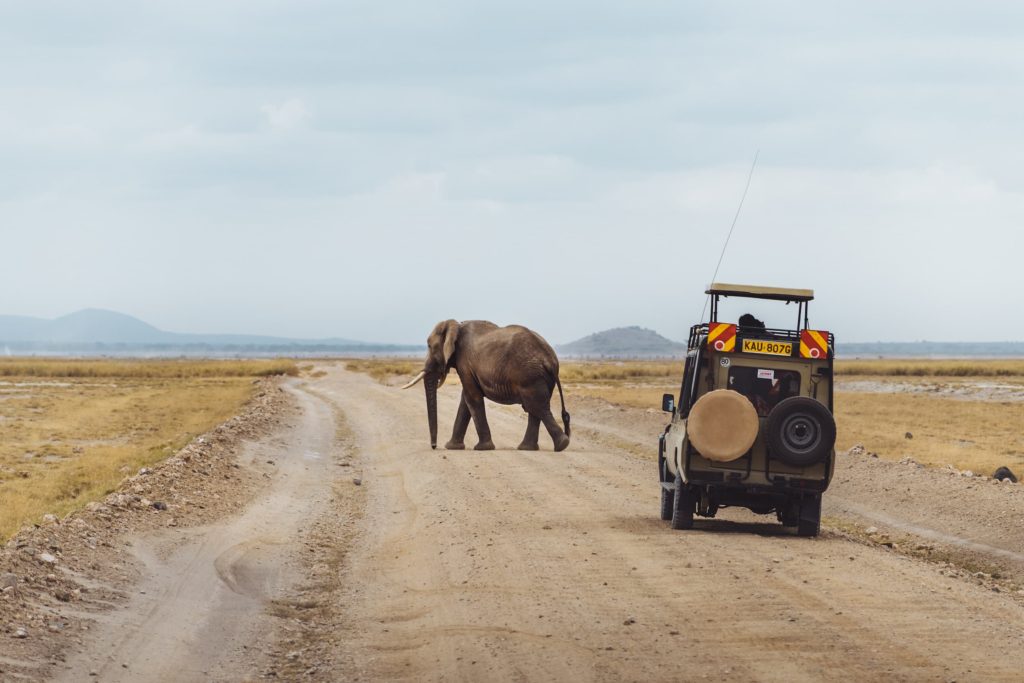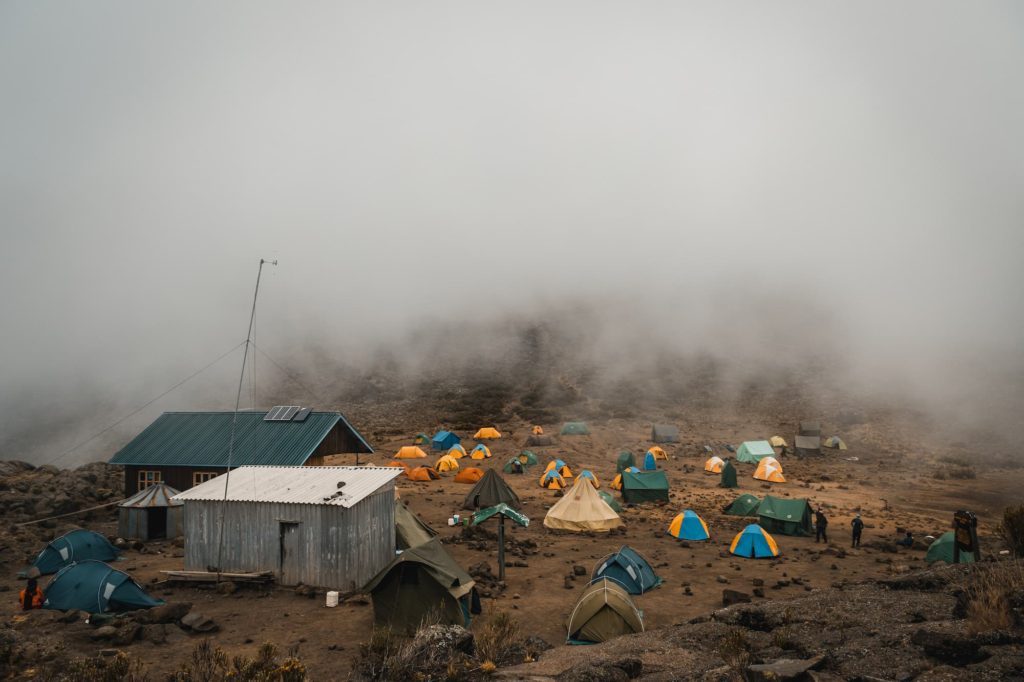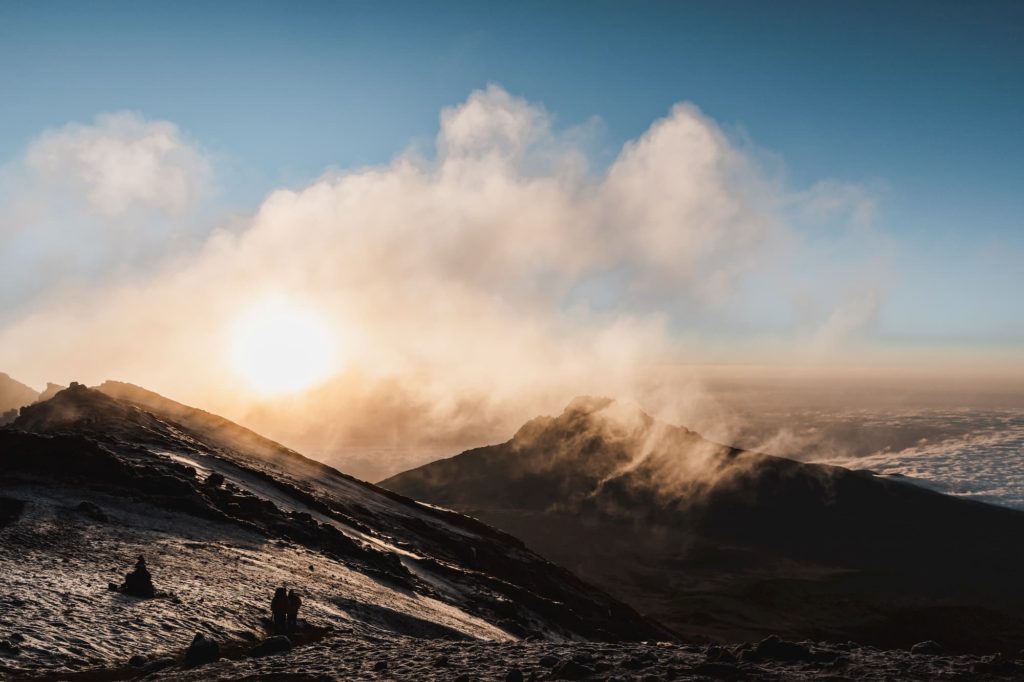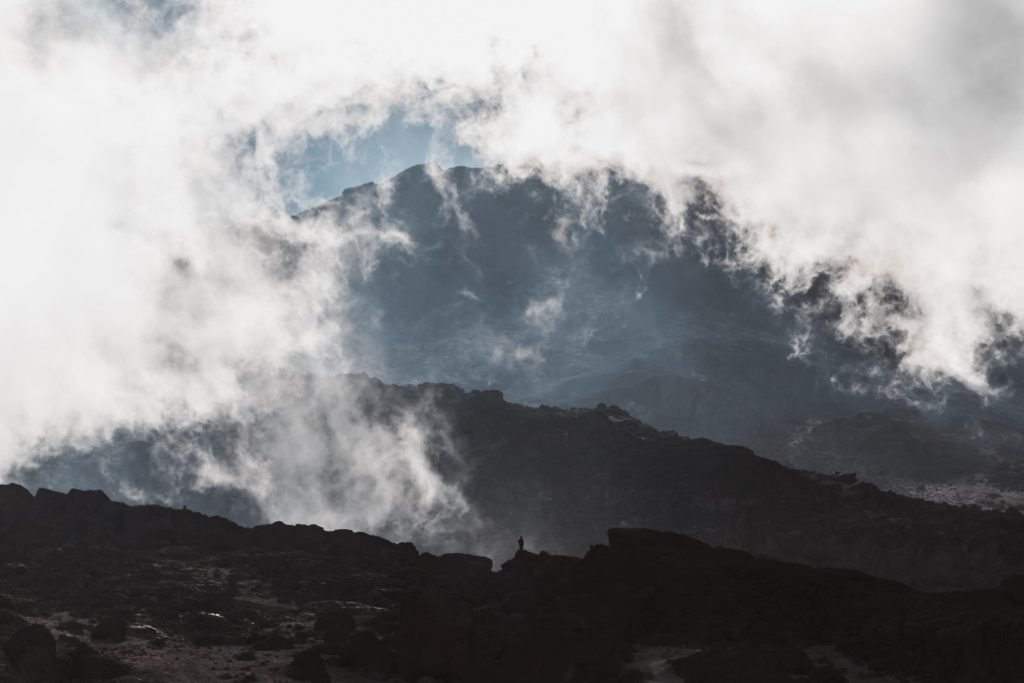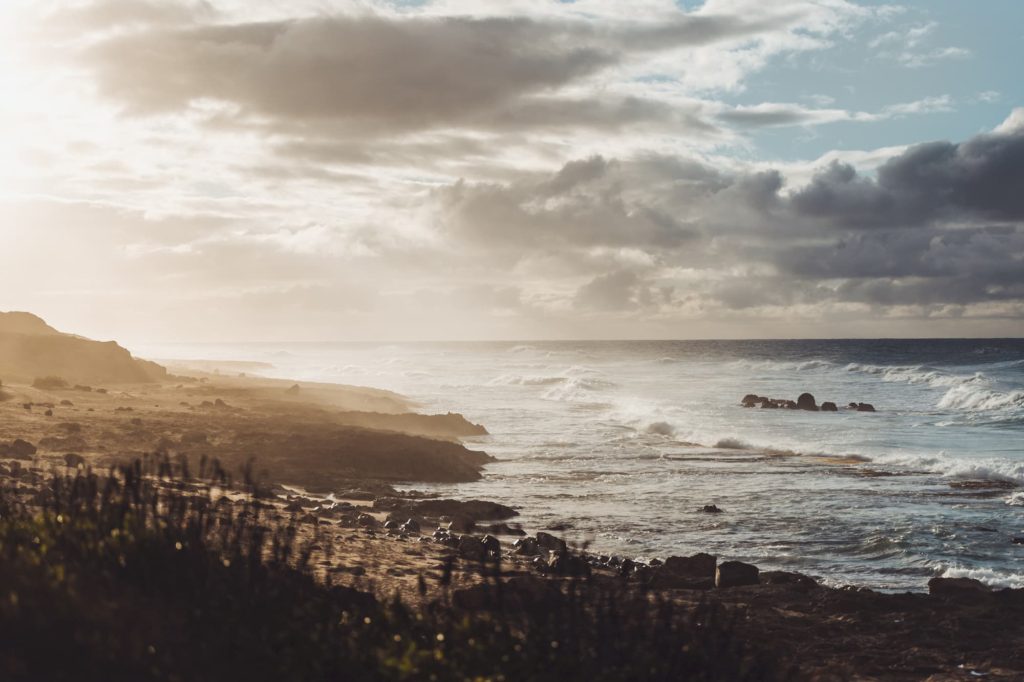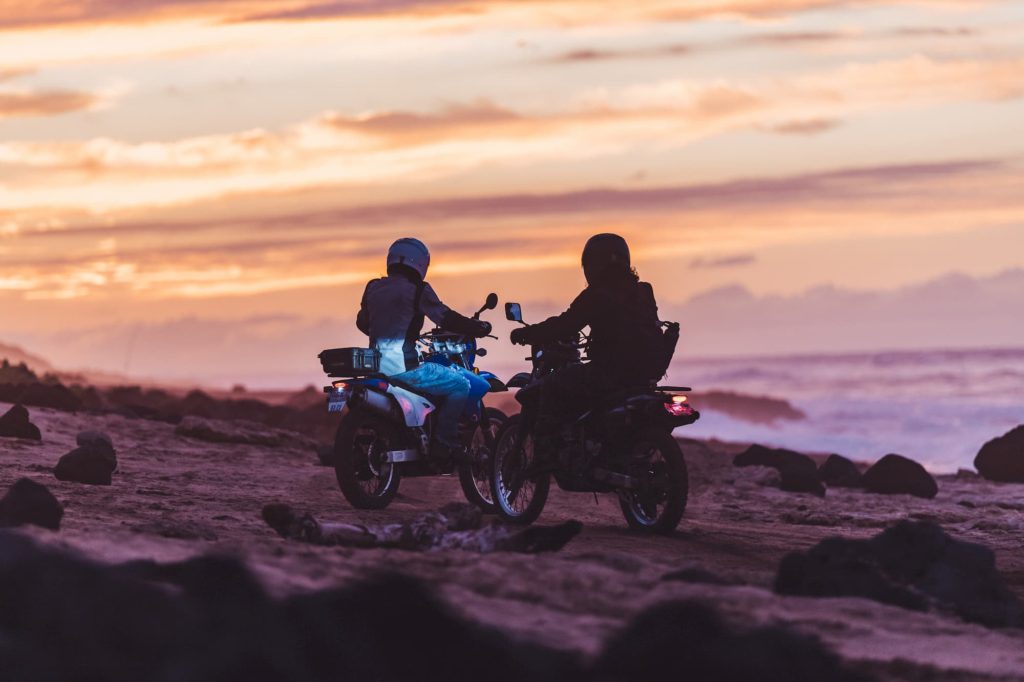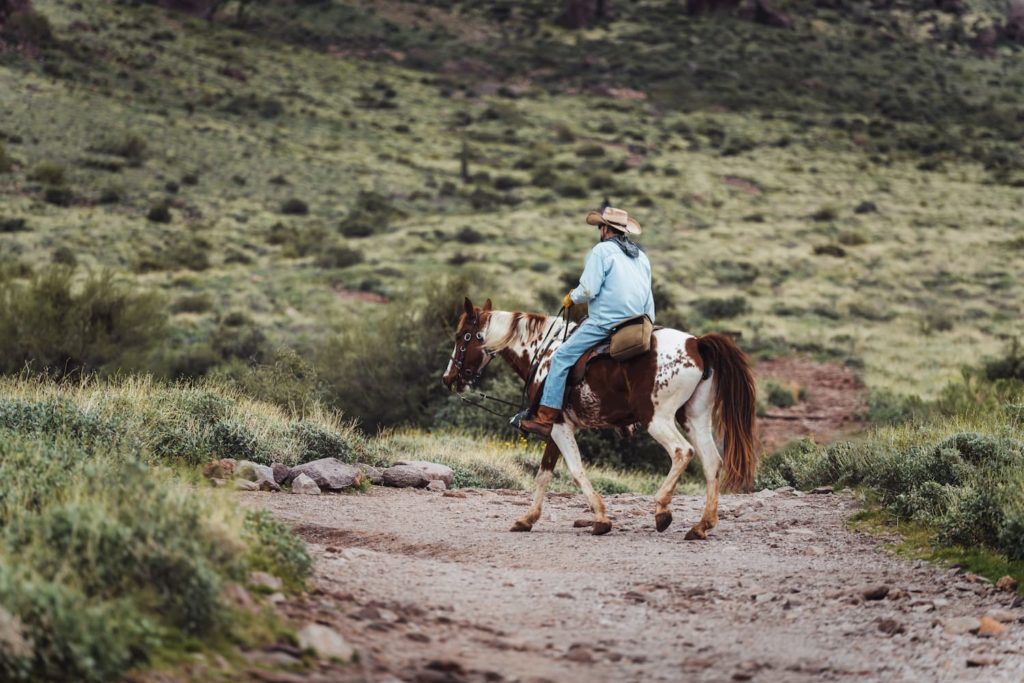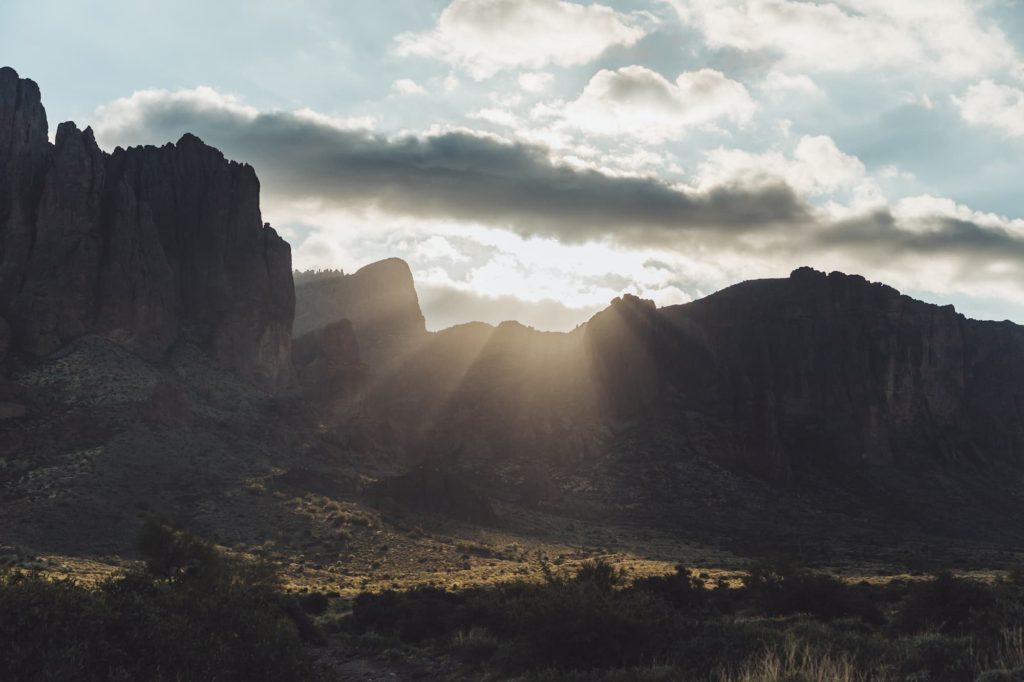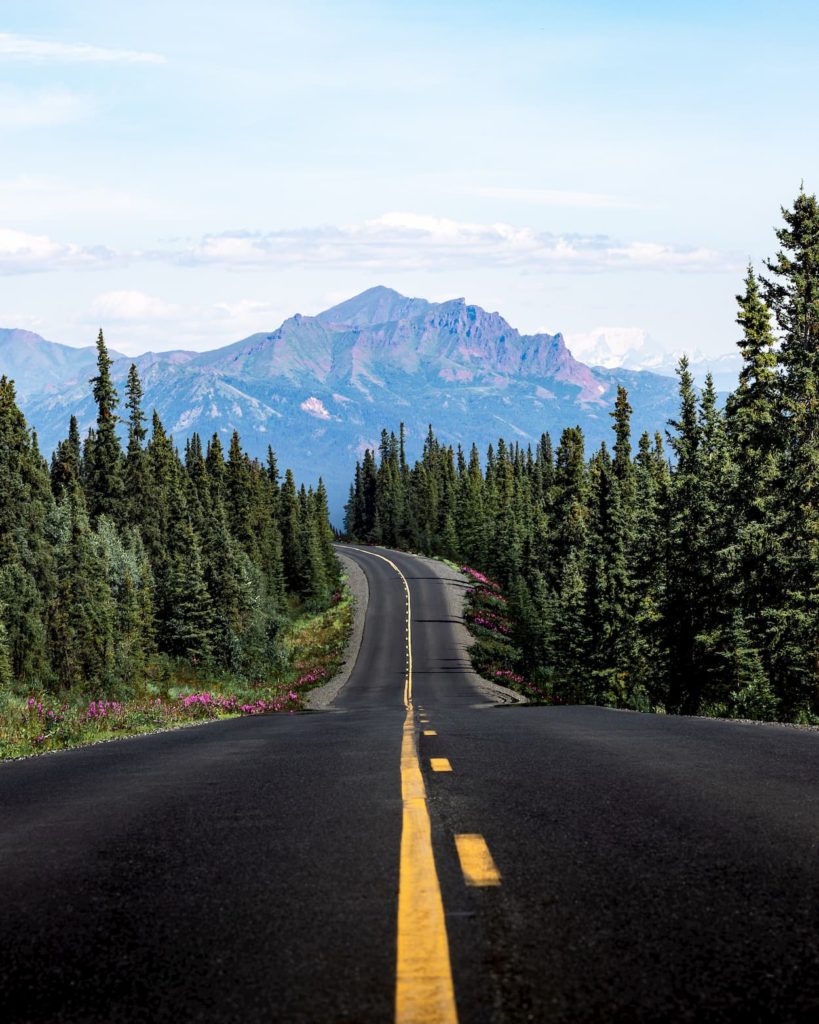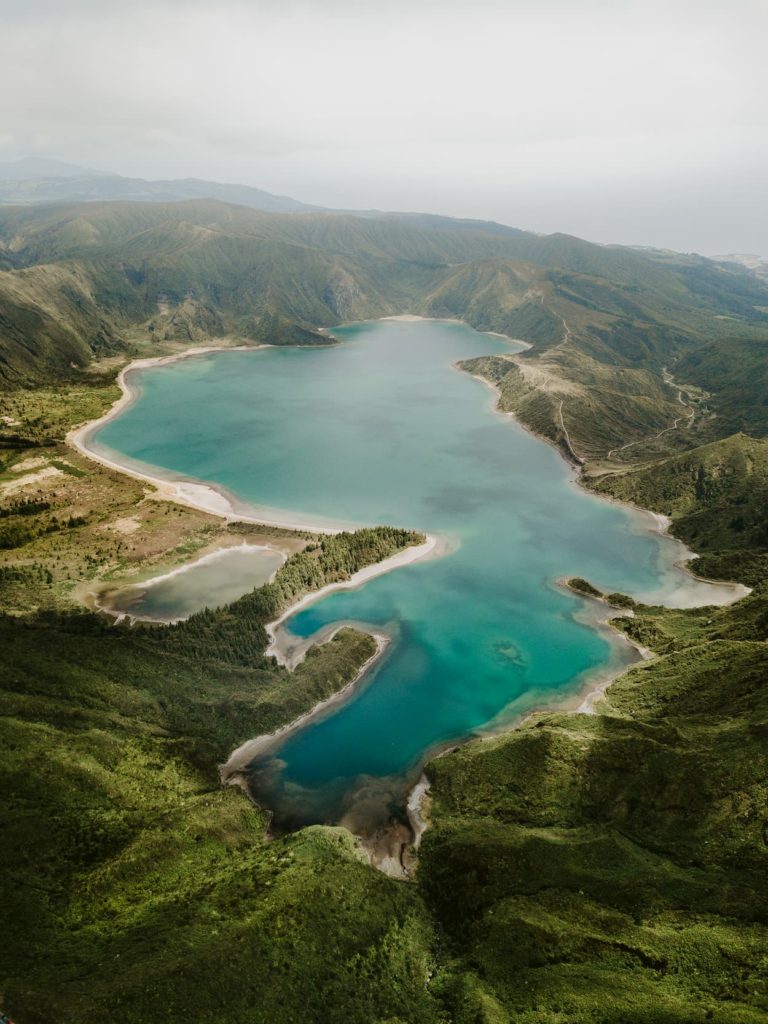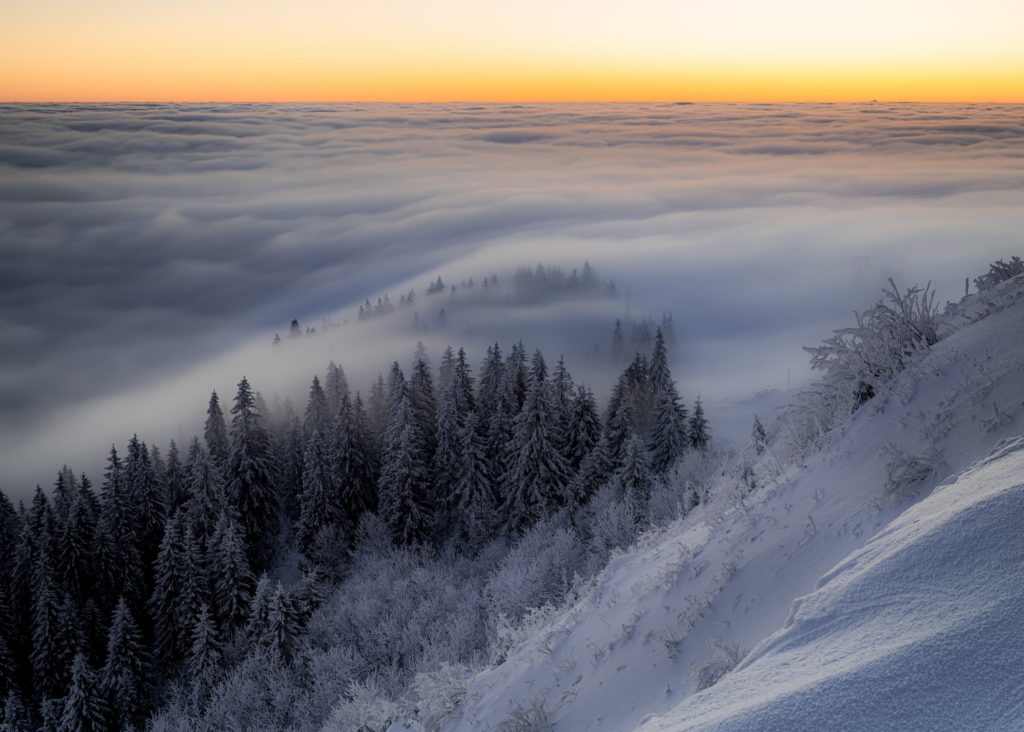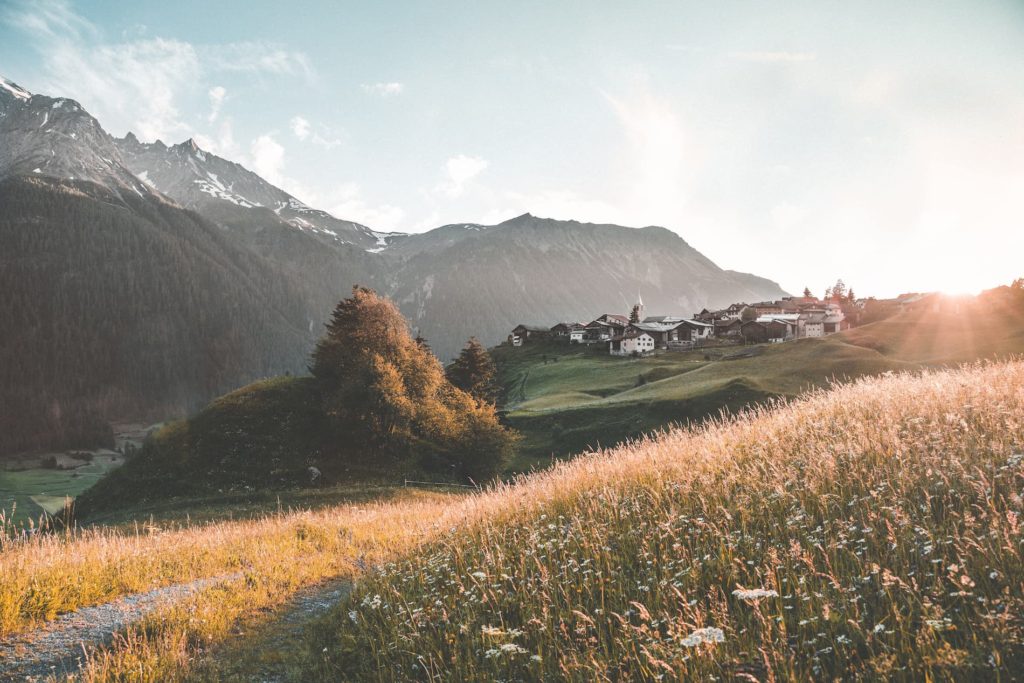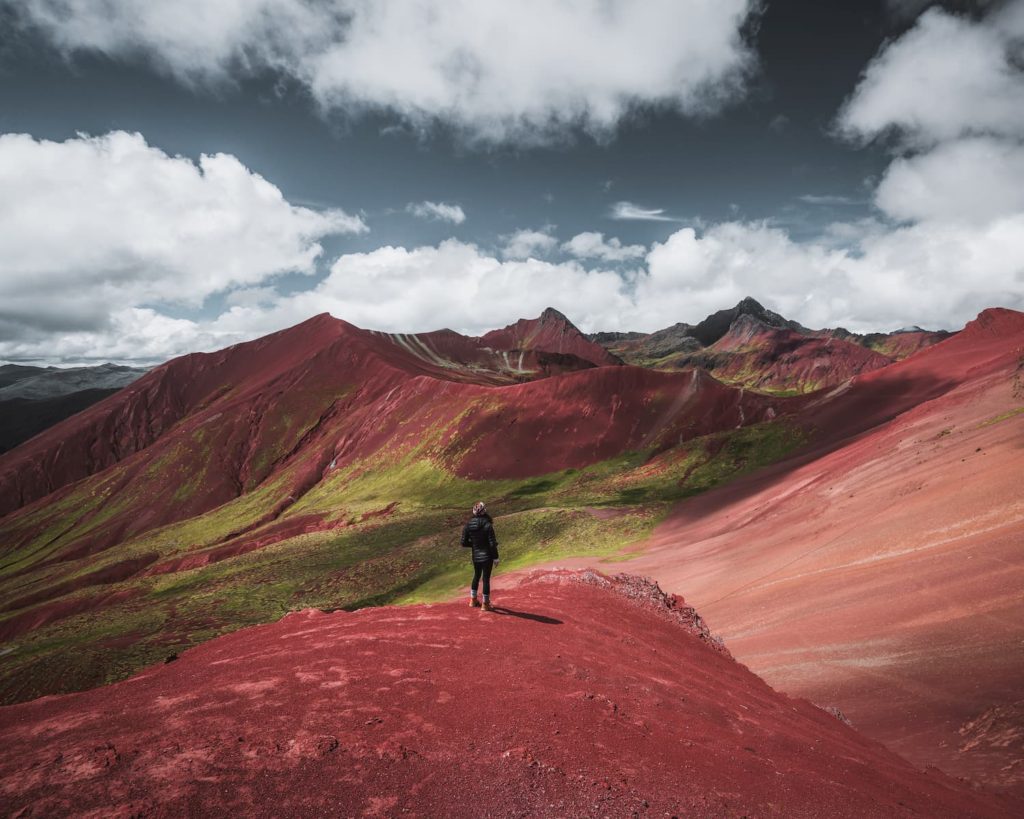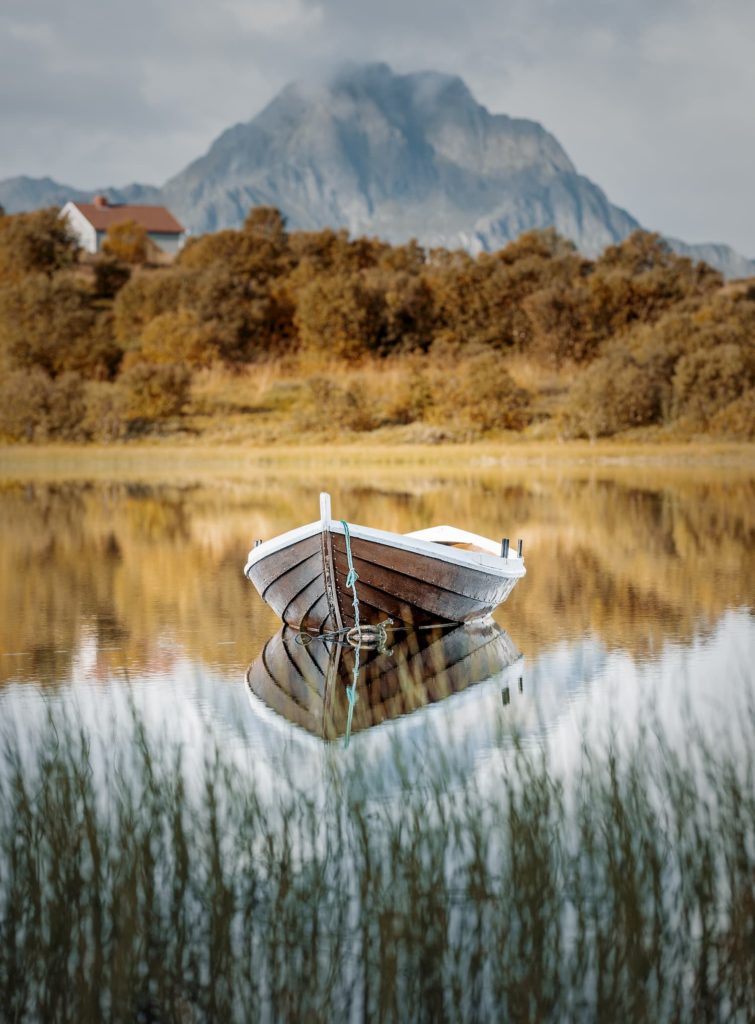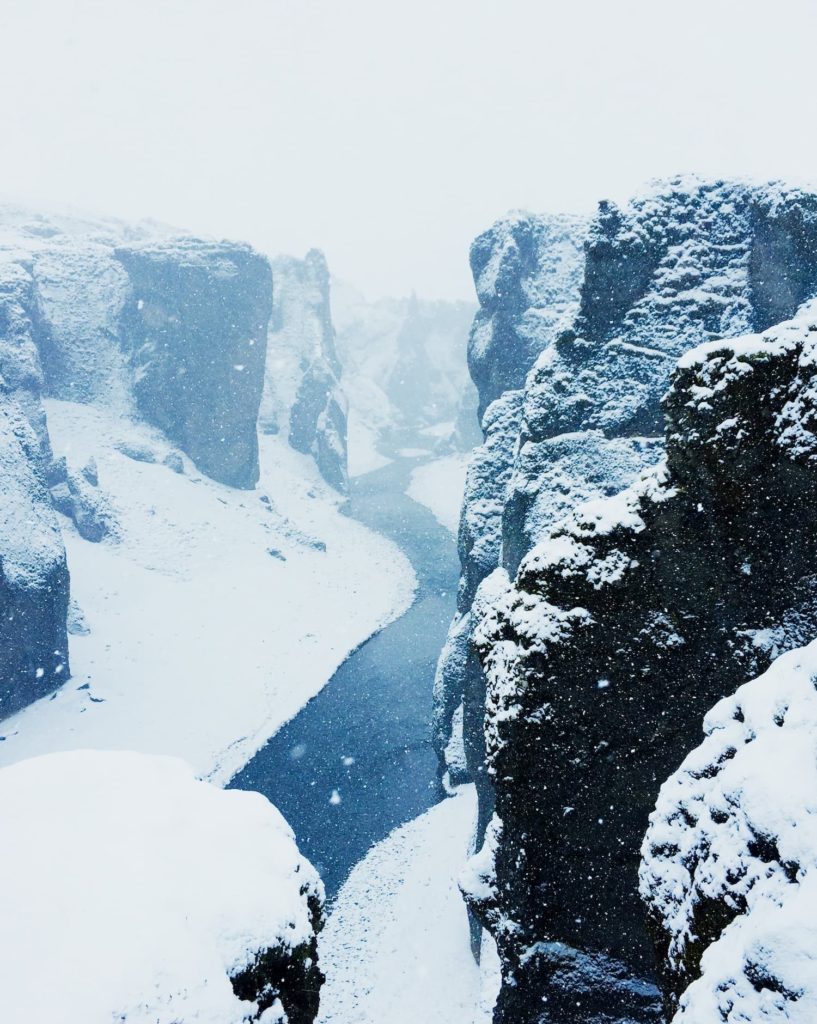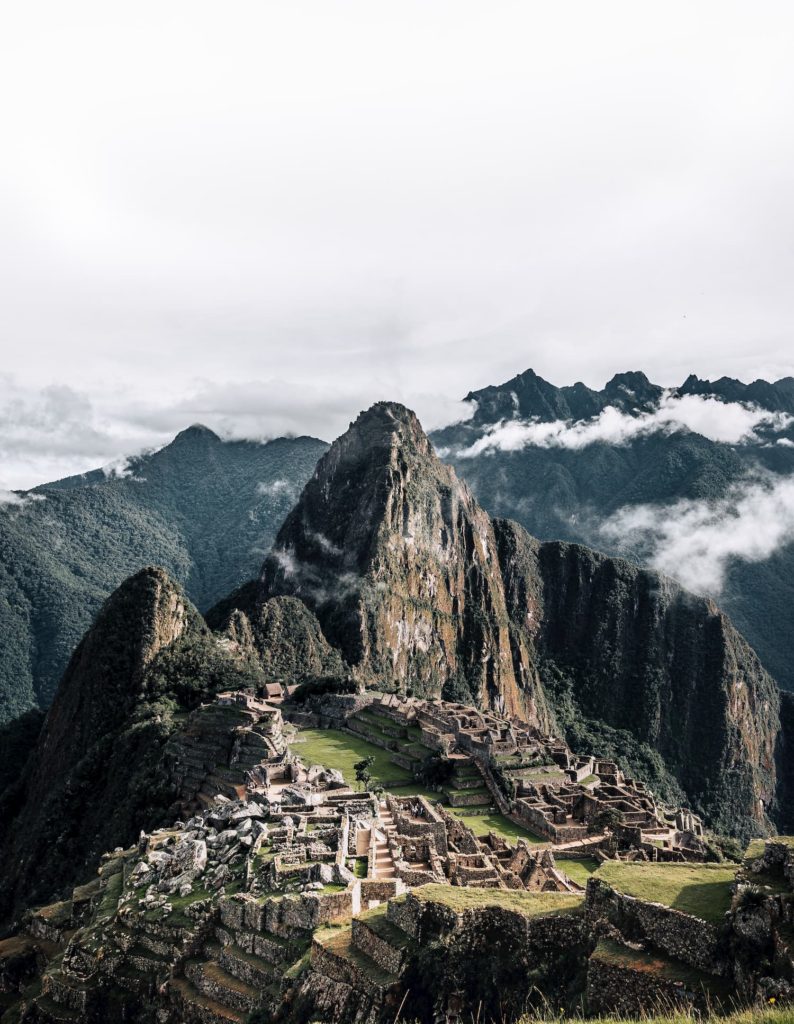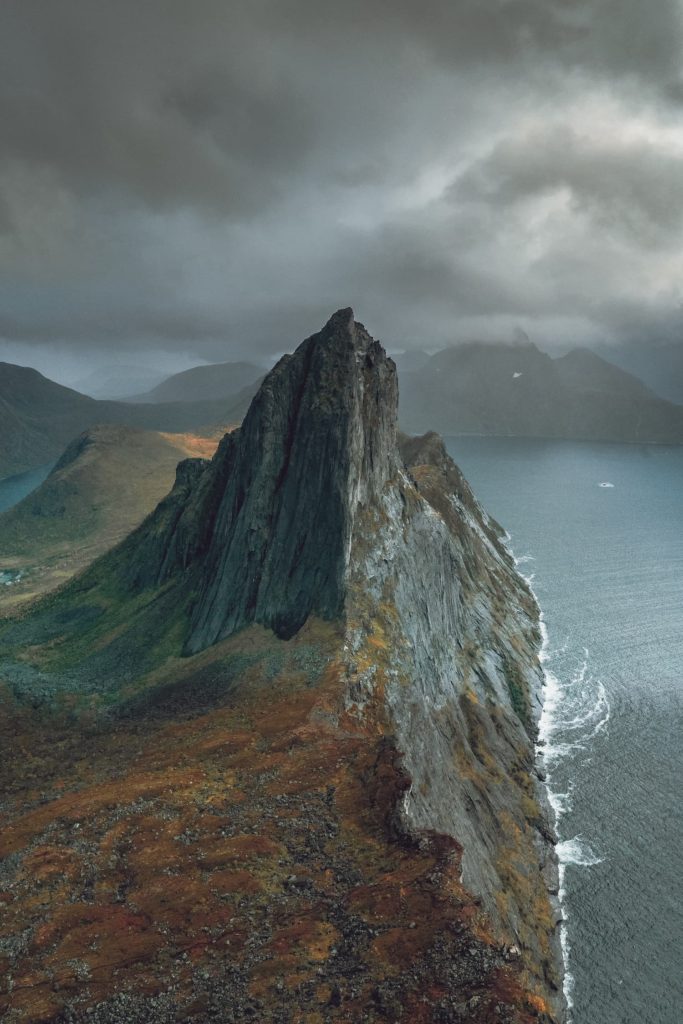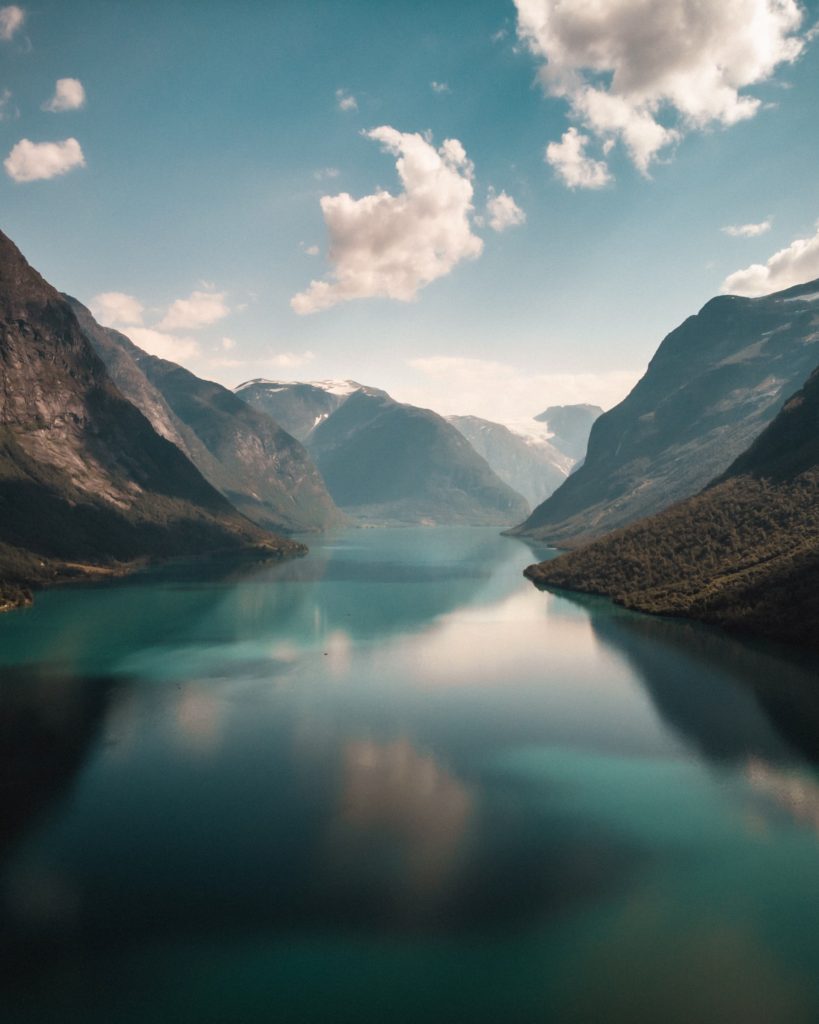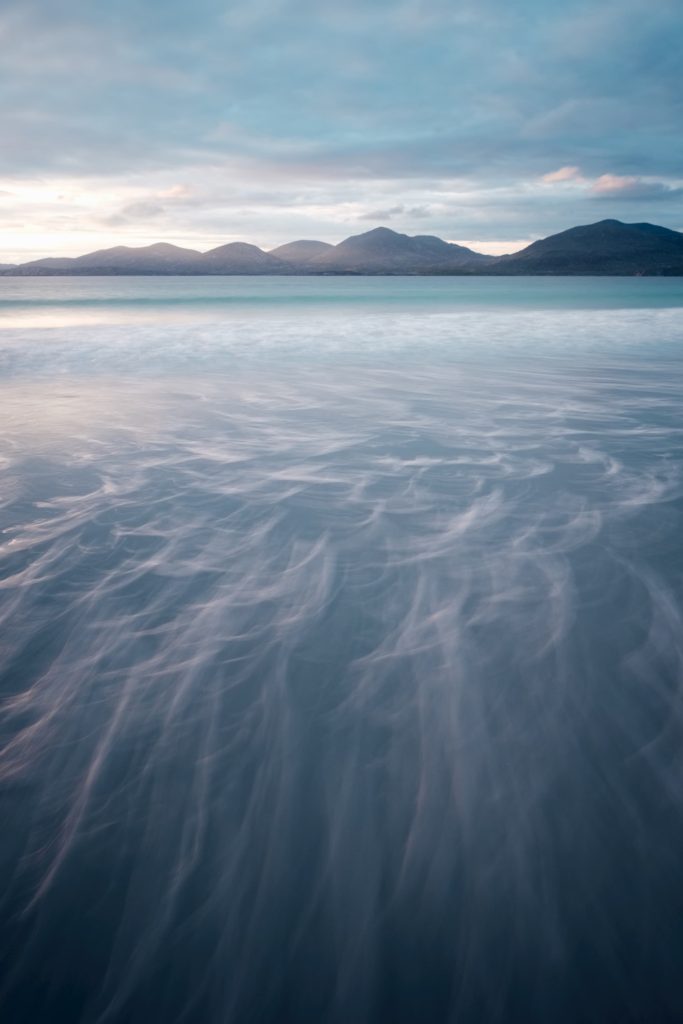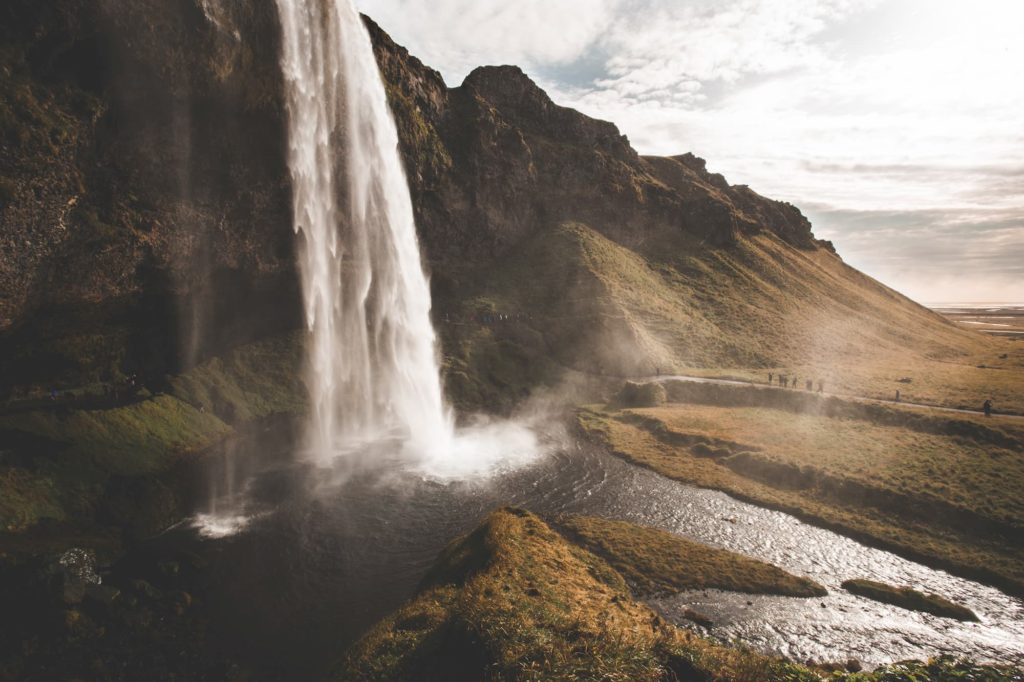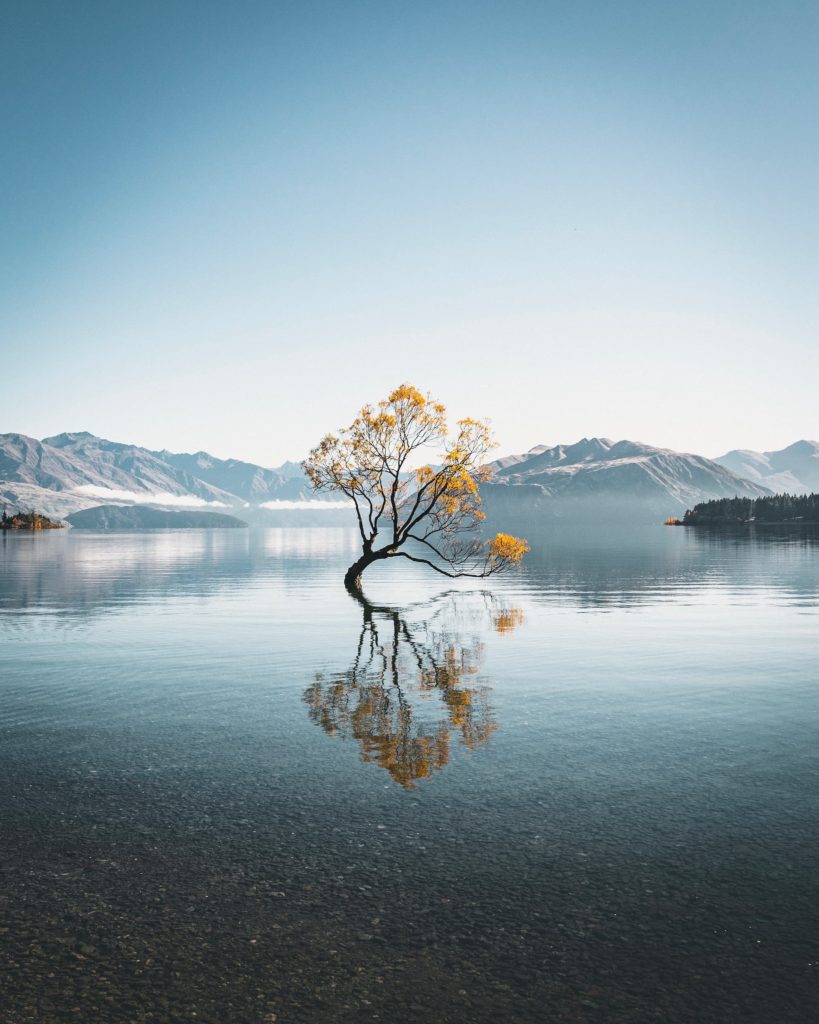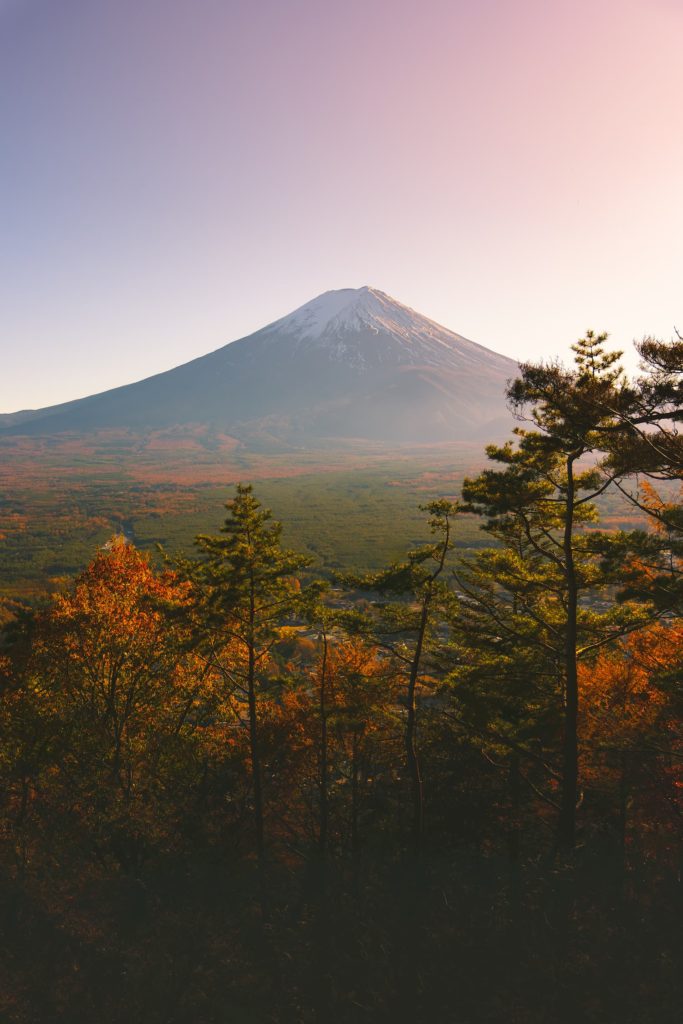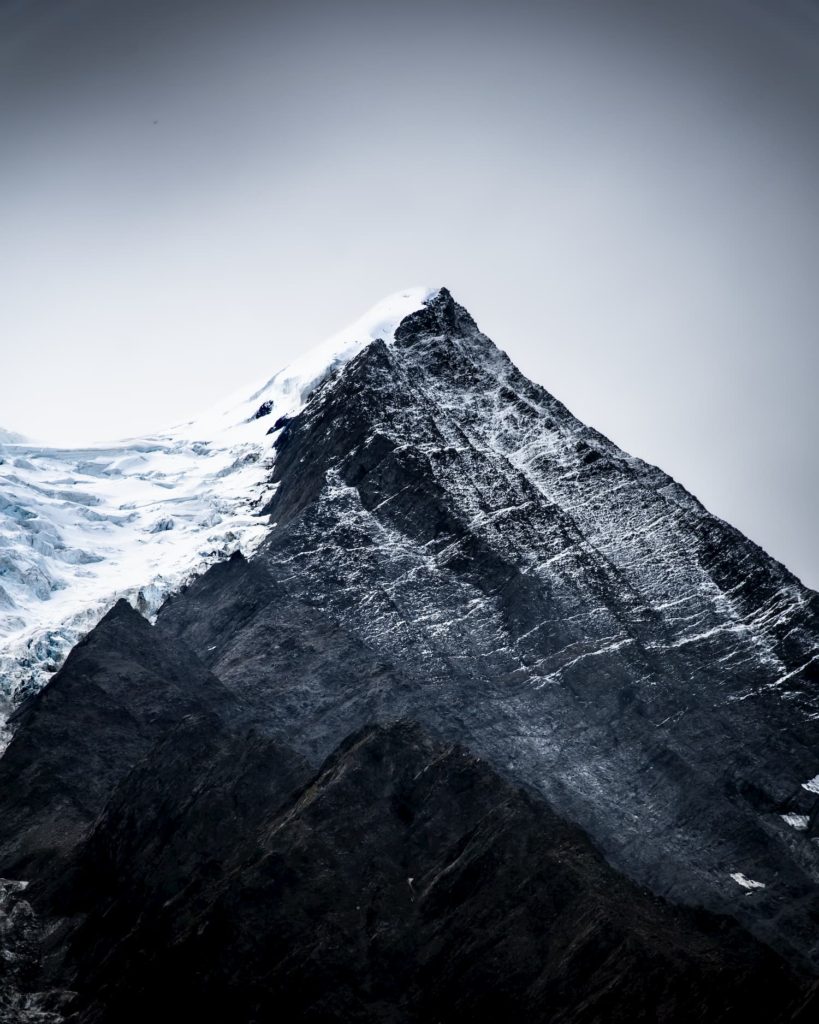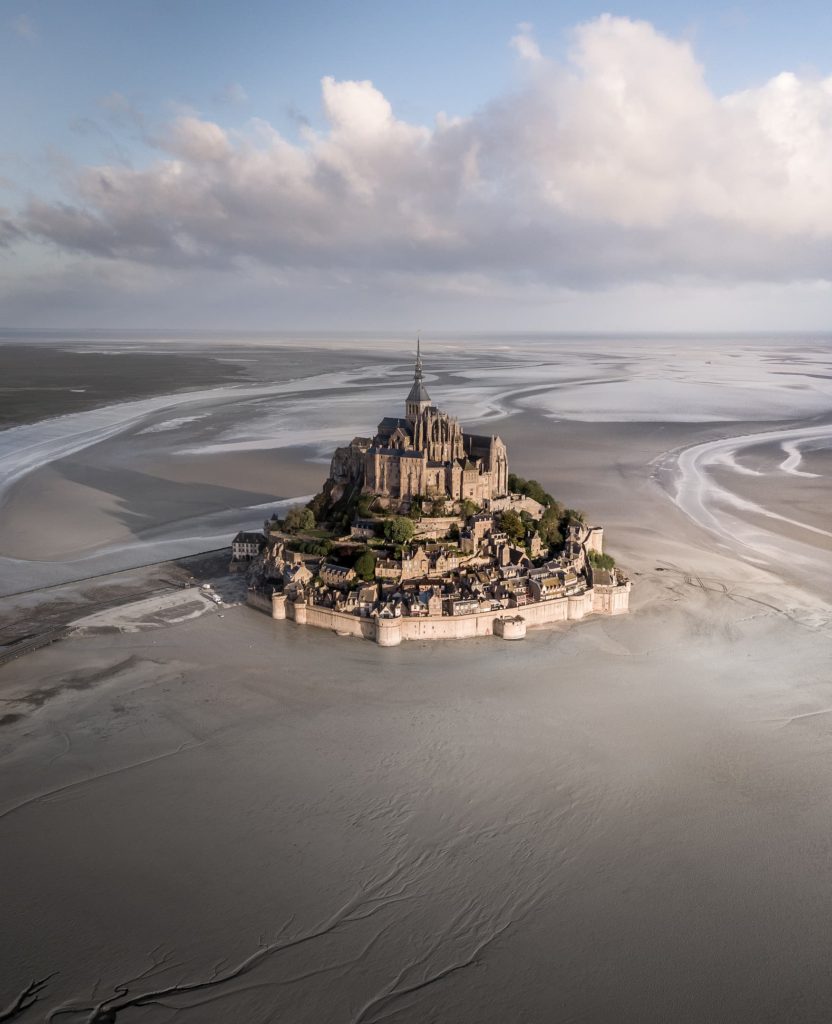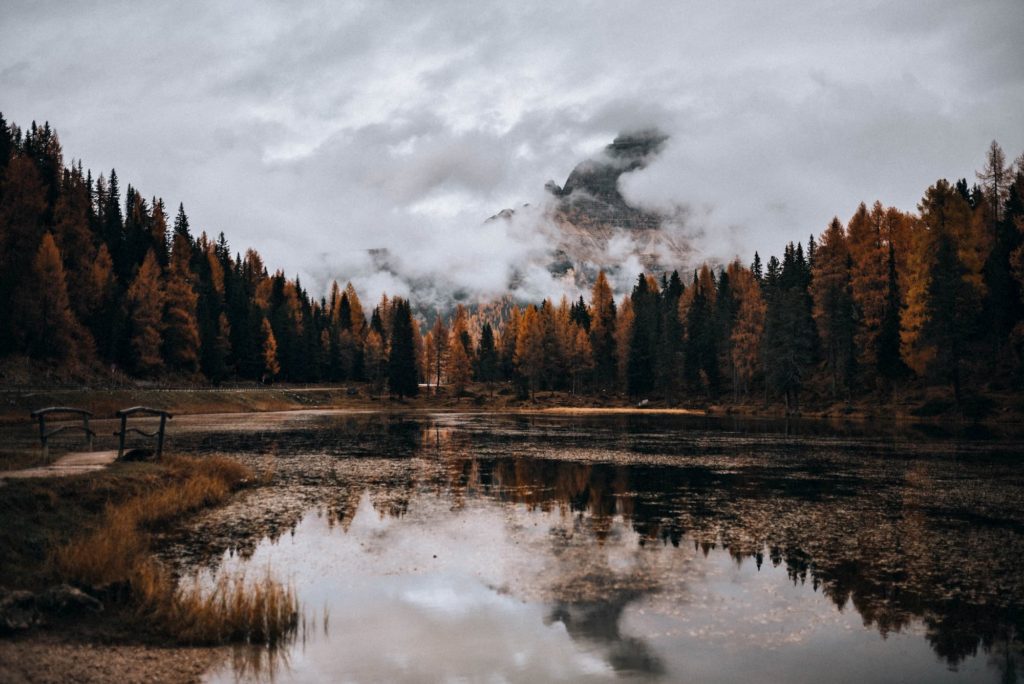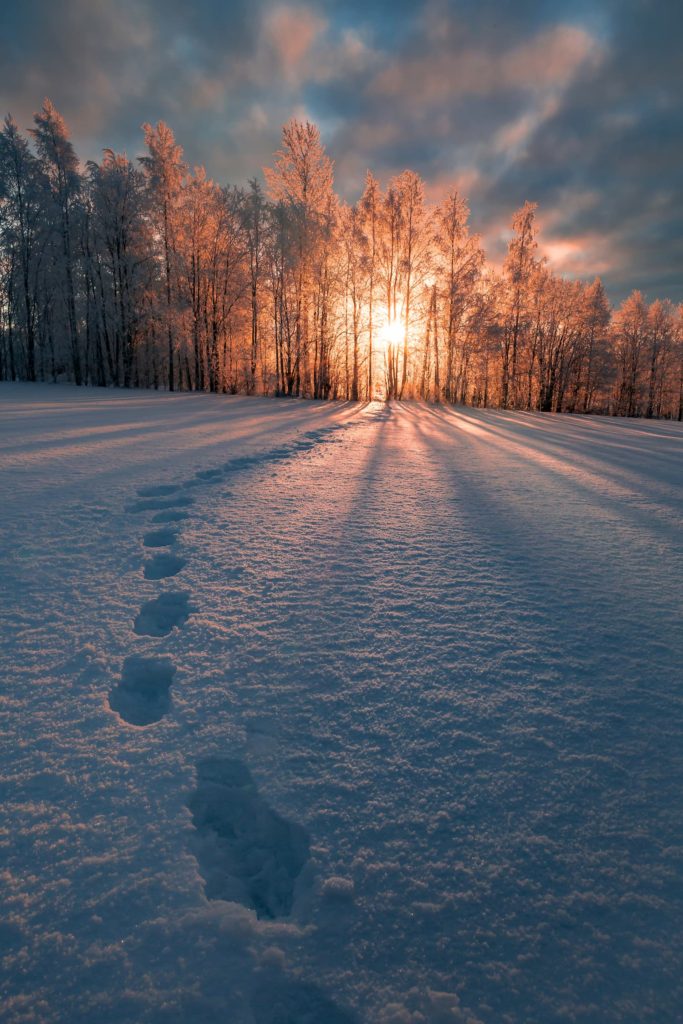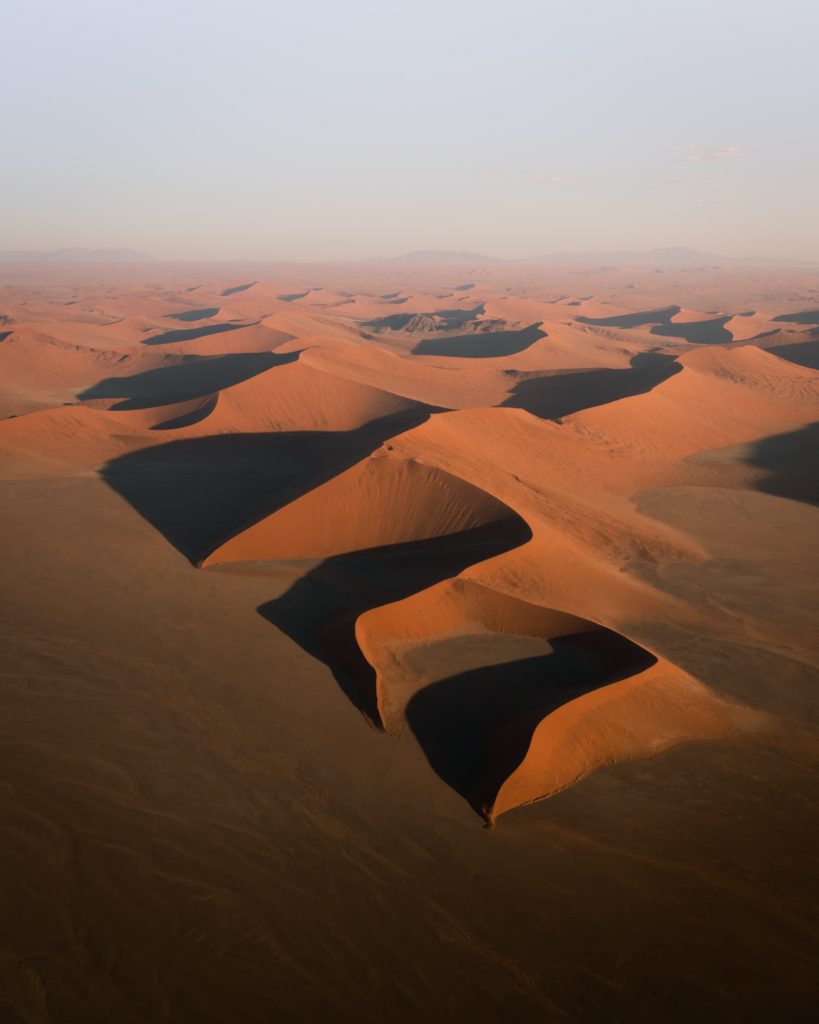
Tyler O'Casey
@ocaseyphoto
Landscape photographer based in the US
I bought a used Canon 6D Mark II on May 11th, 2019. Mainly because I had finally decided I was joining a coworker on an adventure to summit Mount Kilimanjaro in Africa. I had never even been outside of the United States at that point and now I’d be climbing one of the Seven Summits.
"This trip cost me a good amount of my savings and ultimately my day job."
"The biggest moment for me was the night we began our push for the top."
We had just walked for five hours across a high altitude desert and were told to rest but I couldn’t sleep or eat due to anticipation. So already worn out we began our ascent at 11pm under the full moon. It was about 20 degrees Fahrenheit (-6 Degrees Celsius) and the gusts of wind were about 50 miles per hour. The side of the dormant volcano was like charcoal so for every step we would slide backward half a step. We came across multiple people on the trail in the fetal position moaning from altitude sickness and after hours of walking in the dark we reached the rim just as the sun was coming up. It was still another two hours to the peak so we didn’t summit until almost eight in the morning. One of our team also got sick at the peak so we had to hike back down to thicker oxygen which added another five hours to our hike after we got to base camp again. In total I ended up hiking for about 23 hours straight.
When I got home it took me a couple weeks to get used to being in America again. I felt empty and couldn’t focus at work. I knew something had to change and about a month or so later I was no longer employed there and two days later I began building my photography business.
"It was a big step and a little frightening to make the decision to leave my safe 9-5 web development job."
I was making good money there, but I wasn’t doing well health-wise with two ulcers at 25-years-old and a third one developing. I didn’t even have my photography career moving yet when I made the decision. I had no jobs lined up, no clients, and honestly didn’t even know how to shoot in manual mode. I had just been to Africa and felt really energized, or maybe I was just suffering from altitude sickness, but my thought process was this: I could stay there, be stressed and work on photography after work and slowly grow as a photographer, or leave and focus every day on my passion while living on my savings. It was both a hard and easy decision, but I’m an “all or nothing” type of person so it just felt like I needed to cut ties.
"My girlfriend played a big role in me thinking photography could be something for me."
We were together while I was at my previous job and when I first went to Africa. After I got back, I think she could tell something was different. She worked in sports media for a big university near us, so after Africa she let me go to events with her and take photos. Slowly the athletes started noticing me and asking for photos which made me get better faster because I didn’t want to be embarrassed giving them bad photos. Once I felt comfortable enough with my camera, I looked back on my big trip and other hikes I had done and realized I needed to be outside with my camera. And I did. I think going to O’ahu (Hawai’i) multiple times has really helped me see my progress as a photographer.
I feel like we all get imposter syndrome at some point and being able to compare photos from the first time I went to the most recent time was huge for me because you take pictures all the time and it is hard to notice the growth but looking at two different albums from the same amazing place, months apart, really puts it all into perspective. I had proof in the form of photographs that I am growing as a photographer and to keep pushing no matter how I may feel somedays.
"Kilimanjaro and Hawaii were both great and impactful experiences that marked who I am right now and my photography style, but it was a little adventure I had here in Arizona that really confirmed how I prefer to do my photography."
It was a day where we woke up and just decided to rent an off-road vehicle and drive north to where it had recently snowed. We took the vehicle up by a canyon rim and then decided to just drive the highway out to nowhere in particular. On the drive we came across wild horses and it was something I hadn’t experienced before, an amazing moment. We kept driving the highway up to the high desert and I saw a random dirt road and decided to see where it would go. It was an old ranch road that went past some cattle, an abandoned oil well, and a lot of shrub brush.
Not having a set destination in mind was really freeing and having to shoot on the fly with whatever presented itself. It really solidified my approach of more candid photography of not really planning specific destinations but more general areas or directions. This also fit nicely into my “run and gun” style because I’m always on the move when I have my camera. You’ll rarely see me sitting still for very long, even when shooting one area or subject I’m constantly moving and getting different angles.
"I’ll use a tripod if I have to but if the sun is setting and I can just push the iso up or hold my breath, I will."
"I believe that we don’t take photos. We make them."
Anyone can point a camera and just take a photo. I’m not degrading phone photos or amateur photographers because they can turn out really well and we all have to start somewhere. But to me the difference is that a photographer is trying to get something specific with a shot. We move and position ourselves and our subjects so that we compose the photo in a way and don’t just let the photo happen. Looking back on the first couple of times I used my camera, that is what I did. I used to go on hikes and point and shoot anything that I would come across. It shows in the photos because they all lack a focal point and most importantly a story. I was just happy to be outside and using this expensive equipment I bought.
"But now you can find me racing down the beach, pouring sweat, to line someone up with the setting sun because I have a vision in my mind for a photo I want."
"Telling a story with my photography is what passionates me."
Most probably many photographers will say the same, but what storytelling means is different for each photographer. For me it’s really about capturing candid moments when I’m somewhere. Almost all of the subjects in my photos just happened to be there at that moment and I just position myself to capture whatever they happen to be doing, from fishing, to riding a bike, to just watching a sunset. I love landscape photography but I feel like when there is a subject in the shot it helps ground it and make it more relatable. So that’s why I tend to say I’m an adventure photographer now, because I’m on an adventure and whoever I come across and end up in my photos are also on their own adventure.
"Actually, from the day I left to climb Kilimanjaro my life has been a real adventure."
I couldn’t have imagined that day that I would be a photographer a year later. The biggest obstacle during the process of growth, getting somewhere from nowhere, was my anxiety. I was aware that in photography there is a lot of rejection. The first couple times I reached out to people and heard nothing back was definitely hard but luckily my girlfriend supported me and encouraged me. I just spent every day taking photos, editing, watching tutorials, and studying the craft. I kept reaching out to other photographers and brands to see how we could work together. And a couple months later the hard work paid off with photo gigs and collaborations. It definitely proves that we can do anything if we are motivated to do so, even if you didn’t expect it, or if anyone around you didn’t expect it.
Would you like content like this sent to your inbox?
MUST READ STORIES OF MAY
MUST READ STORIES OF APRIL
MUST READ STORIES OF MARCH
MUST READ STORIES OF FEBRUARY
MUST READ STORIES OF JANUARY
NOMADICT
ART GALLERY
THE LATEST STORIES
WRITEN WITH PASSION TO INSPIRE YOU
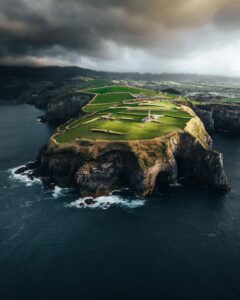
Photo tour in Azores, Portugal
Join us in the Azores for a unique photo tour, where you’ll elevate your creative skills with expert guidance from Ronald Soethje, Bruno Ázera, and Nomadict.
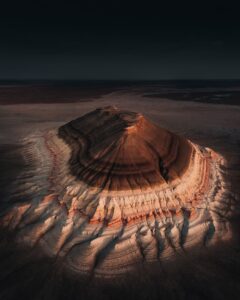
Forest Kai (@forest1kai): Photographer based in the US
In this article, Forest shares how years of chasing scale, silence, and raw landscapes shaped his approach to photography, from the deserts of Kazakhstan to the volcanic ridges of Iceland. He talks about how he uses light, texture, and vast negative space to create images that feel both intimate and overwhelming.
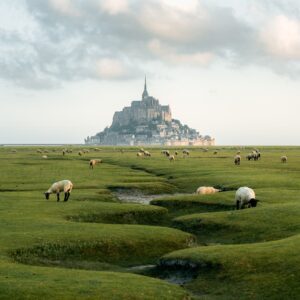
Simon Hechtbauer (@roamwithsimon): Best of the Week 32 at #nomadict
Simon shares the journey behind his photography, from early inspirations to field techniques, editing, and the story of the winning shot that shaped his path.

Miroslav Maršík (@miromarsik): Photographer based in Czech Republic
In this article, Miro shares how his love for cinematic music evolved into a deep passion for photography and how he uses light, color, and atmosphere to turn the streets of Prague into living film scenes.

Aurora photography panorama workflow: A guide to camera settings, editing, and color
In this article, Stefanie reveals how her background in physics sparked her passion for astrophotography and how she blends science with creativity to capture the beauty of the night sky. Readers will discover her approach to color, contrast, and editing, as well as her aurora photography workflow.

Yhabril (@yhabril): Best of the Week 33 at #nomadict
Spanish photographer Yhabril captures the profound connection between humans and the mountains that shaped him. Growing up in the Pyrenees, his work bridges outdoor sports, landscapes, and celestial scenes — often blending athletes, moonlight, and wilderness into striking visual stories.

Ariane Totzke (@besondersschwierig): Photographer based in Switzerland
In this article, Ariane shares how photography helped her navigate personal challenges, connect authentically with people and animals, and develop a philosophy rooted in empathy and artistic freedom. Readers will also discover her ethical approach to wildlife photography and her trusted equipment for both camouflage techniques and cameras.

How to photograph Dutch tulip fields: A guide to light, gear, composition, and colors
Discover how to photograph Dutch tulip fields in their most magical light. From choosing the right gear and lenses to mastering composition, color, and aerial perspectives, this guide shares creative techniques to capture the beauty of the Netherlands’ tulips. Learn how light, color grading, and proportion bring emotion into every frame.
